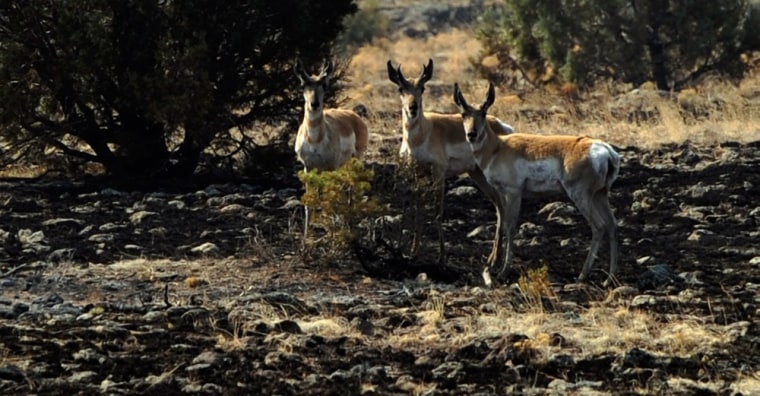Hundreds who returned to their Arizona mountain homes after the state's largest wildfire forced them out for days were told Thursday not to neglect a new danger: hungry bears going after their rotting food.
Rather than wait for their garbage service, residents near the Wallow fire were "advised to dispose of spoiled or unsafe food at the local landfill/refuse station to minimize conflicts with black bears," the Arizona Game and Fish Department said in an advisory.
At nearly 500,000 acres, the fire has burned some of Arizona's "densest bear habitat near the communities of Eagar, Springerville, Nutrioso, and Alpine" the agency added, "in some areas displacing the local bear population that is in search of food, water, and shelter."
The cycle of fire, evacuations, rotting food and bears is not a new one in forested areas.
In Canada last month, several thousand residents of Slave Lake, Alberta, returned home after a wildfire there to find spoiling food and ruined fridges. The town's mayor urged residents to clean up quickly before bears got wind of it.
The area of the Wallow fire, most of it within the Apache-Sitgreaves National Forests, is also home to mountain lions, gray wolves, coyotes, antelope, elk, deer, spotted owls, eagles and other birds.
